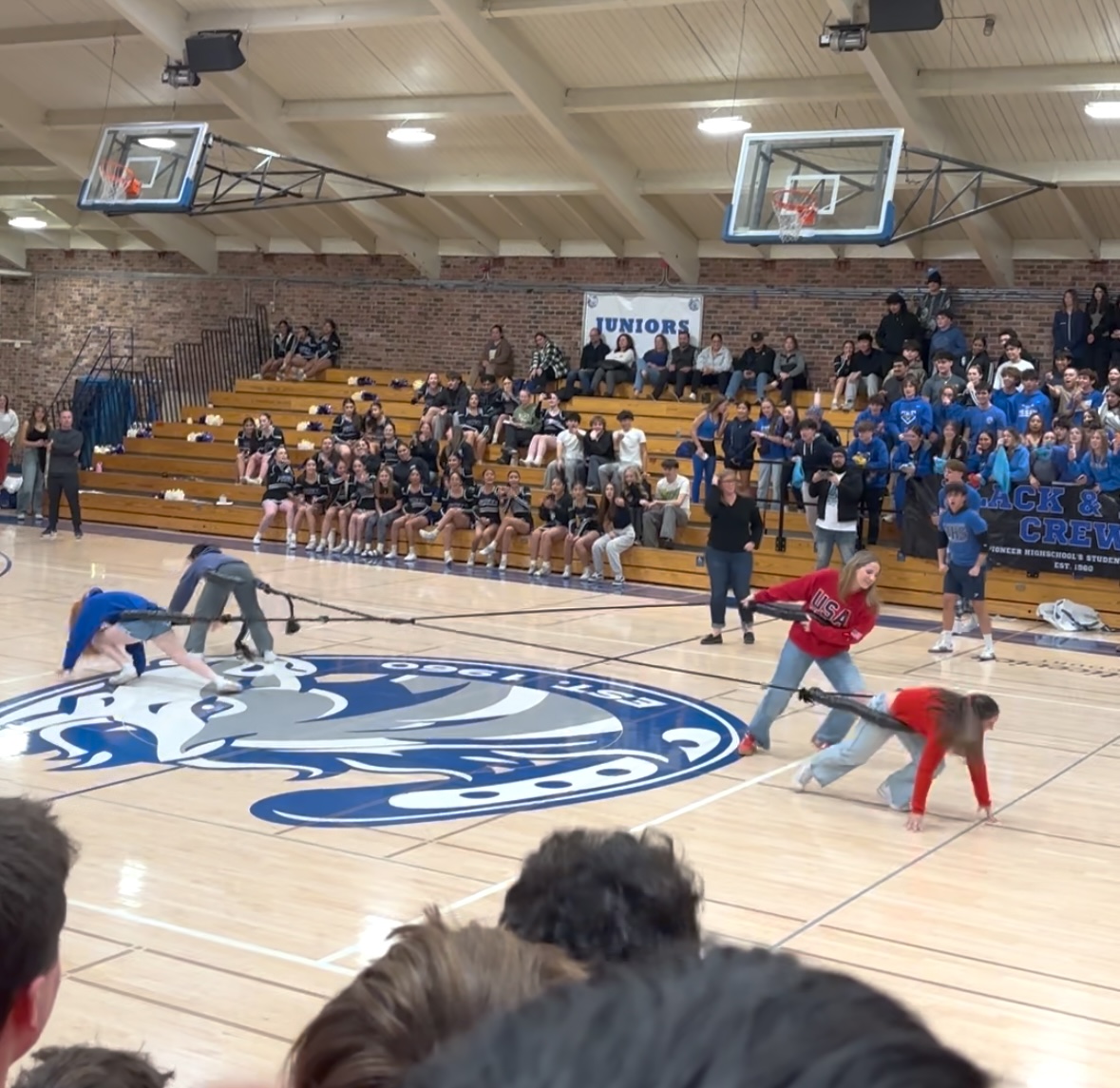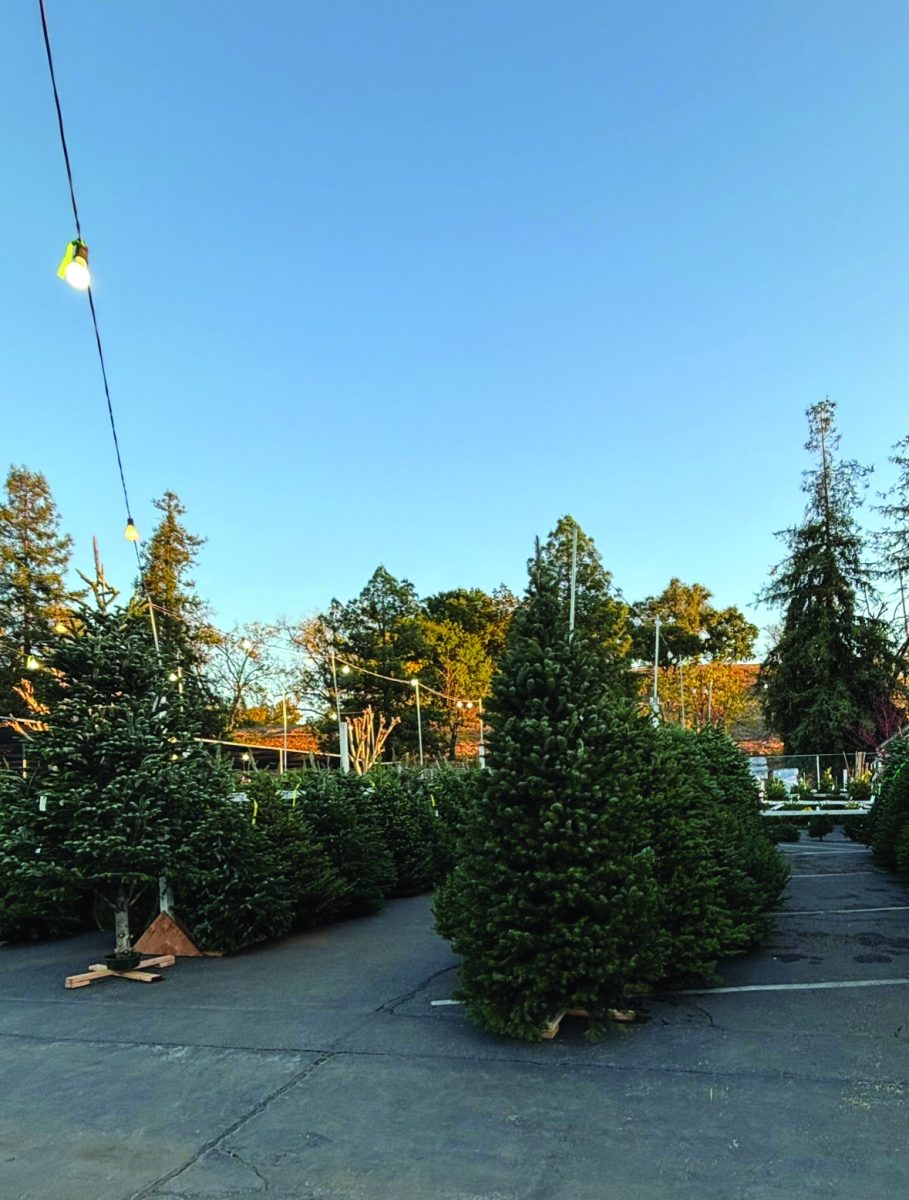The usual picture of a classroom at Willow
Glen High School: around thirty students
packed into a class, scrambling to their seats,
and competing for the teacher’s attention.
However, in a select number of classes, desks
remain empty, discussions are quieter, and
each student’s voice echoes a little louder.
These are the underpopulated classes—those
with only a handful of students enrolled.
What’s it like to learn in this environment,
and what does it mean for students and teach-
ers alike?
For students in underpopulated classes, the
experience can often feel more intimate. With a lessened capacity, students often feel more
obliged to make friends. Andrew Booker (‘24)
reflects on his experience in his engineering
class, claiming that “with a smaller class, a
lot of the projects were more social”. Teachers
can spend more one-on-one time and under-
stand individual students better. Booker con-
tinues to state that in this tighter community,
“teachers are more aware of student’s prob-
lems”. In classes such as Engineering where
collaboration and hands-on projects are essen-
tial, smaller classes can hold unique benefits as
students may feel more confident contributing
to discussions, less afraid of judgment, and
more willing to engage in activities.
On the other hand, smaller classes can also be
hard to uphold as school administrators find
it challenging to justify running courses with
low enrollment. For instance, the French path-
way, which has suffered from lower student
interest in contrast to the Spanish program, is
not as extensive as its counterpart. Ellie Wal
lace (‘25) commented that the lack of students
signing up for the French program has had a
significant impact on her continuation with the
language to an AP level as “only two people
signed up to take [AP French]”. Additionally,
programs with decreasing popularity have
been drastically reduced. Willow Glen High School’s music program, which had thrived
on a variety of class options that catered to-
wards students from all levels of experience
(including: Chamber Singers, Wind ensem-
ble, Regular and Advanced Guitar, and Jazz
singers) has been largely cut back, resulting in
only one band and one choir class.
Teachers, too, have to take into consideration
the complexities smaller classroom settings
hold when considering their curriculum and
teaching methods. Calculus BC, an infamous-
ly challenging class, has been consistently im-
pacted with lower enrollment likely due to the
course’s difficulty. Mr. Markwalter expressed
one of the biggest challenges he has experi-
enced teaching this single-period subject is
that he has “one go at it”, contrasting it with
his Calculus A-B classes where he can make
adjustments period by period.
However, rather than viewing under enroll-
ment as a negative, the potential of these un-
derpopulated classes should be embraced as
they can allow teachers to adapt to student
needs, promote deeper engagement, and ulti-
mately create a more dynamic learning envi-
ronment.













